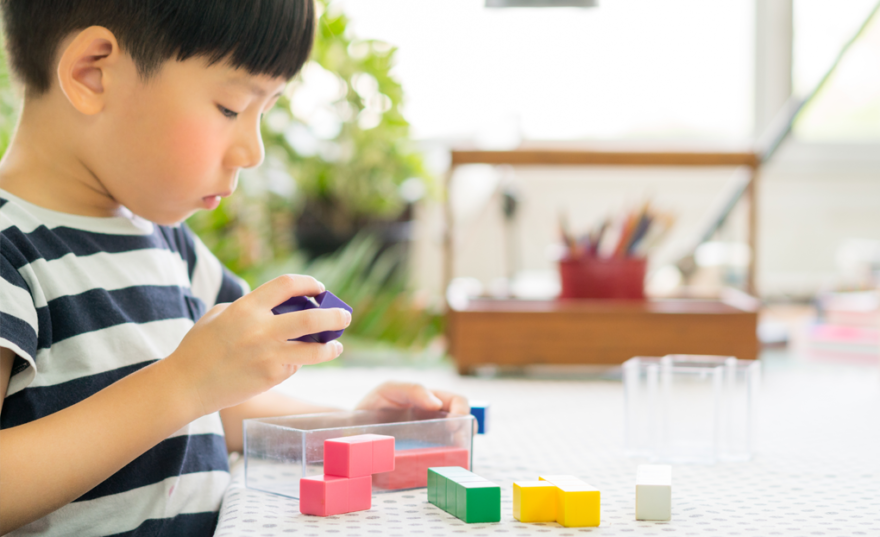Professor Alison Lane at the University of Newcastle, Australia, has compiled a practitioner review for the Journal of Child Psychology and Psychiatry on how to effectively manage functional difficulties associated with sensory symptoms in children and adolescents. Here, she defines “sensory symptoms” as observable behaviours that indicate an unusual or dysfunctional response to an every-day stimulus. An obvious example might include a child showing extreme distress to the sound of a vacuum cleaner being switched on unexpectedly. Such sensory symptoms can be quite common in both those with and without mental health problems.1
Although some sensory symptoms might seem somewhat benign on the surface, many have suggested that they might in-fact cause substantial functional difficulties for some children.2 “There is ample evidence in the literature supporting the association of these symptoms with functionally limiting behaviours such as anxiety, poor self-regulation, repetitive behaviours, feeding difficulties and parenting/caregiver burden”, explains Lane. “Funding for services for children impacted by sensory symptoms should thus be preserved”.
Professor Lane also identifies the commonly used sensory assessment tools. She explains that most tools measure sensory symptoms using proxy-report instruments; only a few assess the entire domain of sensory symptomatology using multiple methods. “Diagnosticians in child and adolescent mental health should, where possible, partner with appropriately qualified clinicians to evaluate the impact of sensory symptoms on functional difficulties”, says Lane. “Generally, occupational therapists are the best placed to provide this type of expert advice”. She singles out the Ayres Sensory Integration®, Qigong massage, the Alert Program®, and Social Stories as the best interventions available thus far to help manage sensory symptoms.
Going forward, Professor Lane recommends that more high quality research be conducted, to determine which interventions are most effective for which children with sensory symptoms. “This research will require targeted funding from national research council’s to teams of researchers with both the expertise in sensory symptoms and clinical trials”, she says. “Targeted funding towards the further development of rigorous and clinically feasible measurement tools is also needed to improve symptom identification and phenotyping”.
Referring to
Lane, A. (2020), Practitioner Review: Effective management of functional difficulties associated with sensory symptoms in children and adolescents. J. Child Psychol. Psychiatr. doi: 10.111/jcpp.13230.
References
1Pfeiffer, B. et al. (2018). State of the science of sensory integration research with children and youth. Am. J. Occup. Ther. 72:7201170010p1-7201170010p4. doi: 10.5014/ajot.2018.721003.
2Critz, C. et al. (2015). Sensory processing challenges in children. J. Nurse Pract. 11:710–716. doi: 10.1016/j.nurpra.2015.04.016.


